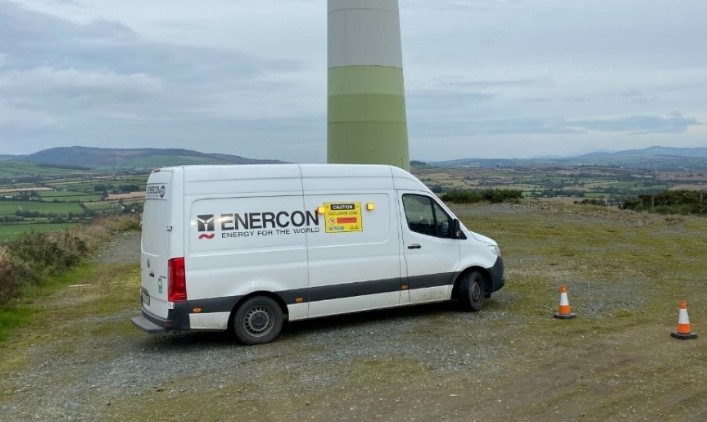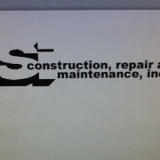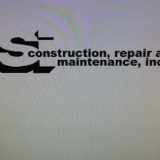Opening
-
Document No.
-
Audit Title
-
Client / Site
-
Conducted on
-
Prepared by
-
Location
-
Personnel
Information
OVERVIEW OF TOPIC
-
OSHA Focused Inspections Initiative goal for construction sites is to reduce injuries, illness, and fatalities by concentrating OSHA enforcement on those projects that do not have effective safety and health programs/plans and limiting OSHA's time spent on projects with effective programs.
-
OSHA focuses on the four leading hazards that cause 90 percent of deaths and injuries in construction. The leading hazards are:
1. FALLS (floors, platforms, roofs etc...)
2. STRUCK BY (falling objects, vehicles)
3. CAUGHT IN/BETWEEN (cave-ins, unguarded machinery, equipment)
4. ELECTRICAL (overhead power lines, power tools and cords, outlets, temporary wiring)
FALLS
-
Fall hazards are present at most worksites and many workers are exposed to these hazards on a daily basis. A fall hazard is anything at your worksite that could cause an employee to lose their balance or lose bodily support and result in a fall. Any walking or working surface can be a potential fall hazard.
When employees are working at a height of four feet or more they are at risk. OSHA generally requires fall protection be provided at six (6) feet for construction work. For general industry work that height is four (4) feet and for maritime work it is five (5) feet.
Fall protection is also required when working on scaffolding ten (10) feet or more above a lower level have to be protected from falling to that lower level. OSHA 1926 Subpart L lists the different types of fall protection needed for various types of scaffolds.
During steel erection work the fall protection threshold is fifteen (15) feet. The two exceptions are:
1. Connectors working at heights between fifteen (15) and thirty (30) feet, and
2. Employees engaged in decking In a controlled decking zone working between fifteen (15) and thirty (30) feet.
However, regardless of the fall protection threshold, fall protection must be provided when employees are working over dangerous equipment and machinery. -
Examples of falls
Fall hazard incidents are injuries produced by impact between the injured person and the source of the injury when the motion producing contact was generated by gravity.
Examples of falls include:
Fall from elevation or ground level to lower levels.
Falls through existing floor or roof openings (skylights, ect.).
Falls through the floor or roof surface (floor/roof collapses).
Falls on the same level (point of contact was same level supporting individual).
Jumps from structures and equipment.
FALL PROTECTION EQUIPMENT AND SYSTEMS
-
You must provide and install all required fall and falling object protection before employees begin work. The equipment and systems must comply with OSHA's rules at 1926.502.
The three most common (primary) methods of fall protection are Guardrails, safety nets, and personal fall arrest systems there are also other secondary systems and equipment you can use in certain situations. See the toolbox Fall Protection-Equipment and systems.
EMPLOYEE TRAINING
-
In addition to the general construction training rule at 29 CFR 1926.21(b)(2). OSHA has specified training requirements for employees exposed to fall situations. Accordingly, £1926.503 identifies required training components, but does not specify training program details.
Sign off sheet
FALL PROTECTION SIGN OFF SHEET
-
This sign-off sheet documents the names of employees who attended this training session on Fall Protection.
OSHA's Focused Inspections Initiative.
Fall protection height thresholds.
Examples of falls.
Fall protection equipment and systems.
The space below is for employees to "sign off" that they were in attendance. -
Select date
-
Add signature
-
Add signature
-
Add signature
-
Add signature
-
Add signature
-
Add signature
-
Add signature
-
Add signature
-
Add signature
-
Add signature











